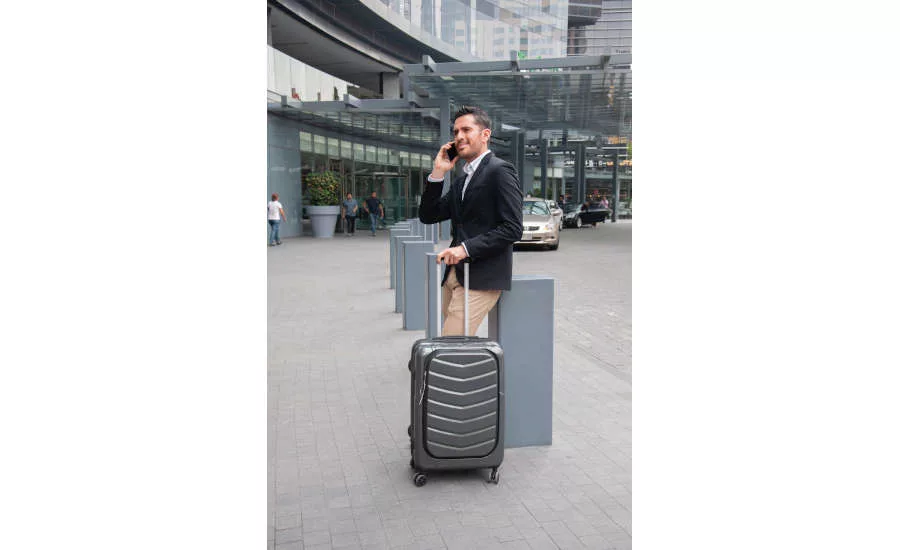What Should be in a Travel Risk Policy?

Policies and the procedures to implement them provide clarity to everyone involved regarding accountability issues or activities of critical importance to an organization, such as health and safety, regulatory requirements, legal liabilities, or other issues that may have serious consequences. Given the critical importance of protecting an organization’s people, having a travel risk policy is an imperative. However, simply having a travel risk policy is not enough. An organization must develop and implement procedures to ensure the policy is followed. Not doing so can result in creating more liability for an organization.
An organization may choose to address the elements of a travel risk policy across other existing policies covering travel, health/safety, risk, and security. However, having a standalone travel risk policy helps all involved quickly find relevant information and results in better compliance.
A travel risk policy needs to address the three essential elements of a travel risk management (TRM) program: 1) help the organization and traveler avoid problems; 2) provide help when the traveler needs it; and 3) protect the business from financial loss. In addition to addressing these, the policy needs to address its scope, as well as the roles and responsibilities of all those involved, including the traveler.
Here are the essential elements of a travel risk policy.
- Policy Scope
- Policy Aim and Objectives
- Roles and Responsibilities
- Travel Planning and Approval
- Travel Risk Assessment
- Incident Reporting
- Insurance
Policy Scope, Aims, and Objectives
A policy should always start with the reason for having the policy. In this case, the importance of the health, safety, and wellbeing of those traveling should be clear. The policy should also raise awareness of your TRM program. Specifically, the policy should focus on the need to identify any potential risks and what should be done by both the organization and the traveler to mitigate them.
Roles and Responsibilities
It is very important to designate which department owns responsibility for the policy and ensures that it is properly implemented. Likewise, the policy needs to address other groups responsible for carrying out the policy and specific procedures. This section will also include senior management, line manager, and employee responsibilities.
Travel Planning and Approval
This section of the policy needs to outline what should be done to plan a trip and get approval before travel. A range of issues should be considered beyond the organizational need for the trip and the cost, including risks such as geopolitical instability, security, natural disasters, and endemic disease. You should also address information asset protection risks, any regulations, and how traveler risk profile issues (e.g., LBGTQ, religion, gender, etc.) will be handled. The travel approval process will be the key procedure to develop, document, and provide training for both the traveler and management.
Travel Risk Assessment
To help all involved avoid potential problems, it is imperative the policy include a risk review for each trip prior to departure. Most organizations classify a country based on the assessed overall risk level with a multi-level system consisting of two, three, or up to five levels. Each level should define what is required for further risk review and required approvals. The policy should address reviewing the risk profile of the person traveling and ensuring that they are included in the assessment.
Incident Reporting
The policy must address the responsibility and limitations of the organization to provide support and assistance to the traveler and how to get that support. Ideally, this assistance would be through a single phone number. If not, the policy should include a list of support numbers for travel, medical, security, device/information loss, etc.
In addition, the policy should spell out how to report an incident and how the organization will handle incidents and a crisis, if one arises. The actual procedures for activating an incident or crisis management team will likely be embodied in other procedures.
Insurance
Finally, the policy should address key areas of loss along with specifics about what is covered and key exclusions. The policy should be “traveler friendly” to provide clear direction for the traveler. For example, should the traveler purchase the collision/damage loss waiver when renting a car? What if a traveler’s personal mobile device is lost or stolen? What about other personal effects? If the traveler must pay for medical care, will the expense be reimbursed? The policy needs to clearly state the employee’s obligation to report the loss and support filing a claim.
Overall, the objective of a travel risk policy is to help keep an organization and its people safe from harm and risk. By implementing the essential elements of a travel risk policy outlined here, you can help ensure the health, safety, and security of your travelers while protecting the organization legally and financially.
Looking for a reprint of this article?
From high-res PDFs to custom plaques, order your copy today!









